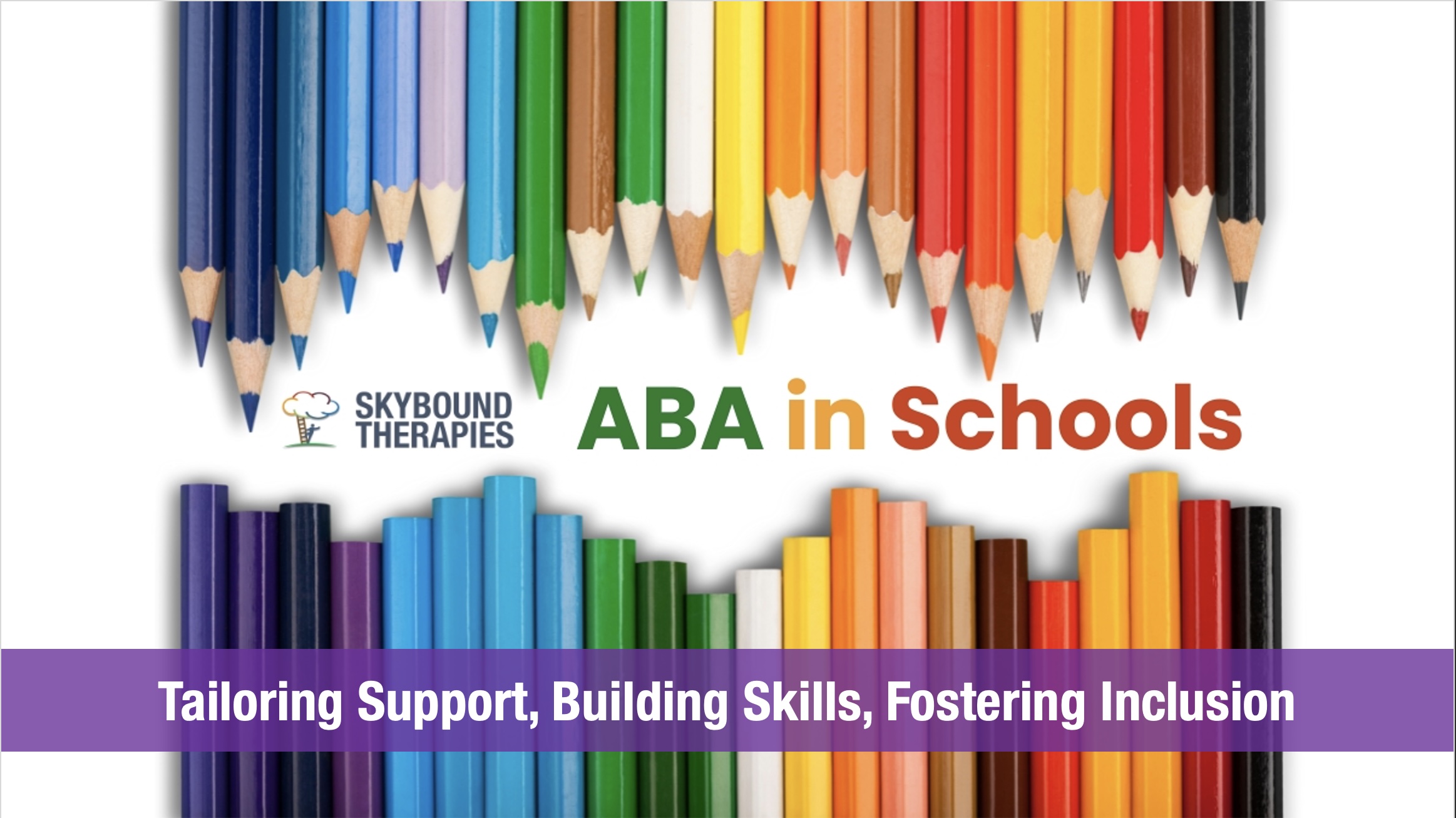Last week I wrote about handwriting difficulties and the various Occupational Therapy assessments we can use to understand the causes. This week I will focus on two specific areas – Physical and Sensory – and some strategies we can use to help.
Physical Handwriting Difficulties
It may be that the child has physical challenges that are holding them back such as joint laxity/ hypermobility, or poor hand muscle strength making it difficult for them to grasp the pencil in a functional pencil grasp. It may be that the child slumps at the table and needs support with their seating to help them improve posture. A writing slope can help children who struggle with poor posture, motor control and joint laxity.
There is much debate in Occupational Therapy about the use of pencil grips. Although they can be helpful for some children, I believe that it is important to look at the underlying cause as to why a child is struggling to have a functional method of grasping their pencil, crayons or pens. A child may need support to build up the shoulder girdle so that they can grasp the pencil more functionally and be more able to stabilise and control their wrist and elbows when writing. Activities to support this would be encouraging writing on vertical surfaces such as a chalk board, using a scooter board or even playing on the climbing frame in the local park!
If the child has not developed a functional tripod grasp, I may recommend that the child use short crayons or chalks to draw. Using short crayons means that the child is unable to pick them up in a fisted or other less dynamic grasps and must use a tripod grasp to hold the crayon.
Sensory Handwriting Difficulties
There may be sensory issues impacting upon the child’s ability to write functionally. This may be due to a tactile or proprioceptive sensory issue. Proprioception is the body’s ability to sense movement, action, and location. When writing it helps us know what our hands are doing without looking at them or even thinking about moving them. If a child has issues with proprioception, as an Occupational Therapist, I can help develop a range of activities or games to help children build this sense, such as threading beads, using tongs, or even playing games like Kerplunk or Operation. Different weights of pencils or pens can also help with proprioceptive issues, as can writing with a 2B rather than HB pencil or using pens with felt tips. Writing on thicker textured paper can also help as it gives more sensory feedback.
Other sensory issues may include those relating to the vestibular system. A child may say they feel dizzy when writing or say that the words are ‘swimming’ in front of them. If this is the case, it may be that their ocular-motor/ eye control linked to the vestibular system needs developing. The vestibular system is a sensory system that is responsible for providing our brain with information about motion, head position, and spatial orientation. It is also involved with motor functions that allow us to keep our balance, stabilise our head and body during movement, and maintain posture. The vestibular system is therefore key when considering a child’s competence in handwriting, copying from the board or even maintaining good posture whilst at their desk. An underdeveloped vestibular system can impact upon concentration and can cause a child to be hyper or under active. There are a number of activities to help a child develop their vestibular system – many of them lots of fun like jumping on trampolines and playing on wobble boards!
I have only just touched on a fraction of the various interventions and supports that can be put in place in this blog post. If you’d like to find out more about how Skybound Occupational Therapy could help your child with handwriting difficulties, then make an enquiry today using our online form.





